With the test of the Kindle 2019 we have completely changed our opinion on the cheapest of Amazon's e-readers. The writer has used one of three generations ago (we talked about it here at the time) and has followed the evolution of the models in the middle over the years, preferring, however, to invest a few tens of euros more in the Kindle Paperwhite (currently in possession of the edition of the seventh generation, of which you can find the review here) substantially due to the integrated front light that we believe is essential to be able to read in the dark of the galleries during train journeys or in the bedroom without waking up those who sleep next to us.
Here, until last year the Kindle did not have light, but with generation number ten Amazon integrated it, finally making all the hardened readers happy who prefer to spend as little as possible on the e-reader to invest the rest. in digital books. If this was the only news, the review would end here, but the Kindle has changed a lot and now more than ever it deserves to be taken seriously.
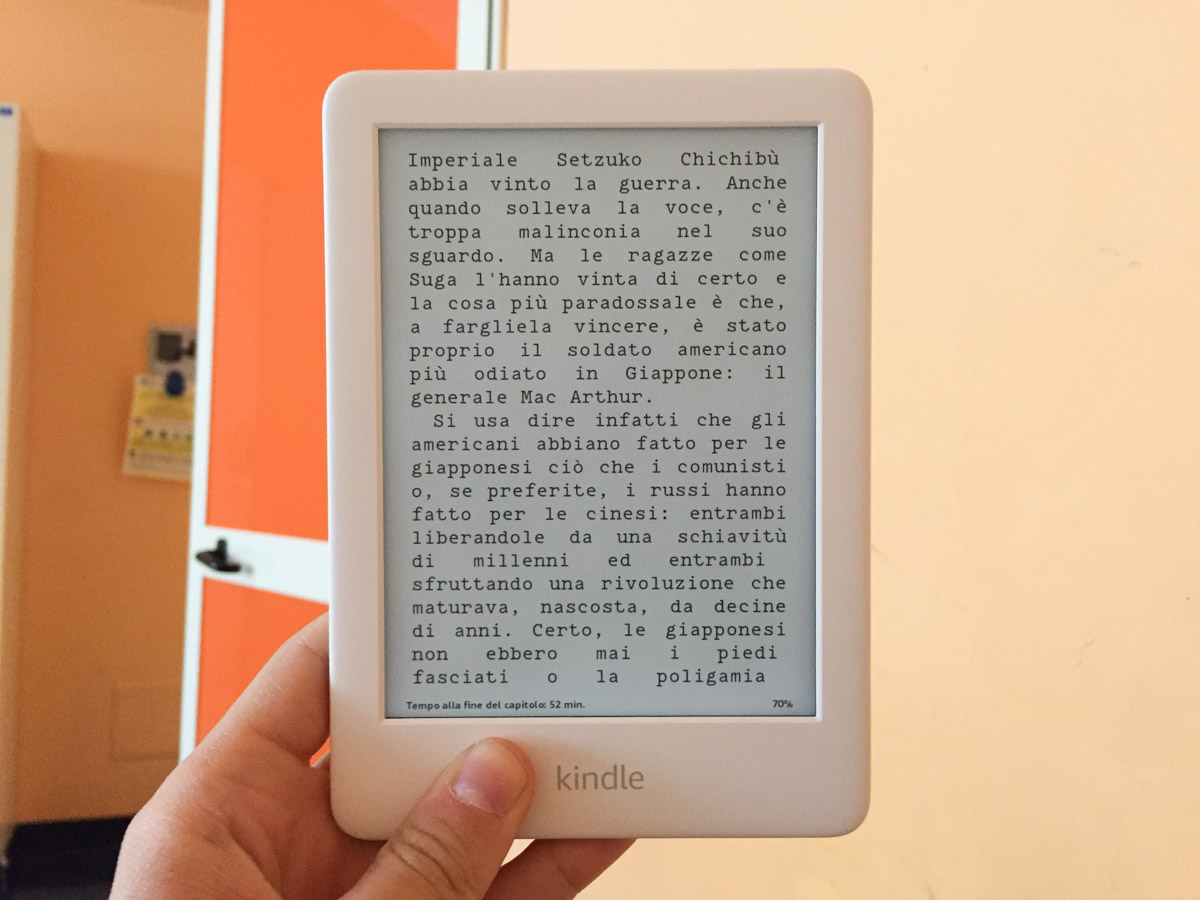
As did
The Kindle 2019 is the cheapest of the series but by no means the least attractive. First of all, the shell is made of sturdy polycarbonate characterized by a satin finish that is pleasant to touch but a little too slippery when you hold it especially with one hand.
The build is excellent and the strongly rounded profile makes it look thinner than it really is: the spec sheet says 8.7mm but when compared to the seventh generation Kindle Paperwhite, which is noticeably thinner at the edges, it looks have the same thickness (in reality there are a few millimeters of difference between one and the other).
Amazon has instead kept the same design as regards the embossed frame that protects the display but has significantly reduced its size: Kindle is narrower on the sides and on the upper edge, thus making it slightly narrower and quite shorter than our old Paperwhite. .
Instead, it maintains the position of the microUSB port, the LED indicator and the power button and screen lock, recessed in sequence on the lower edge.
1 of 6 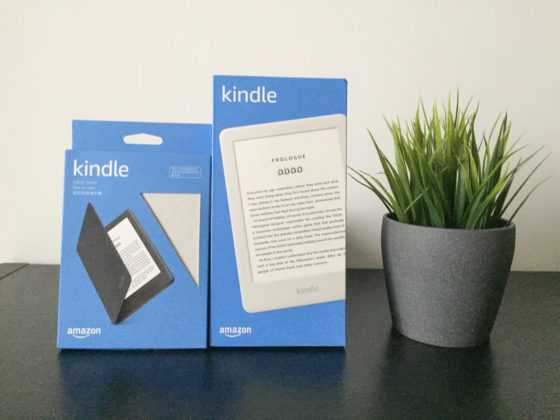
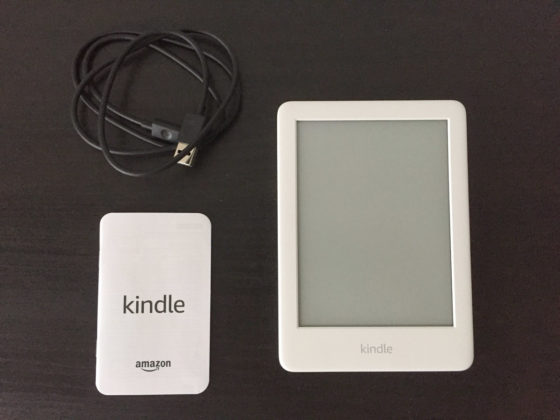
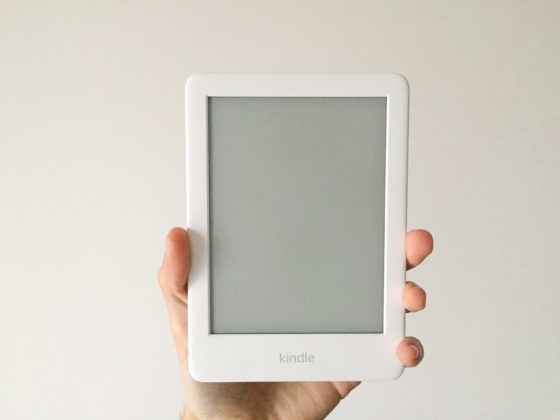
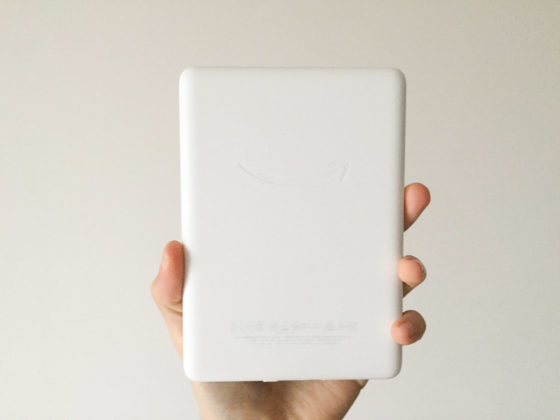
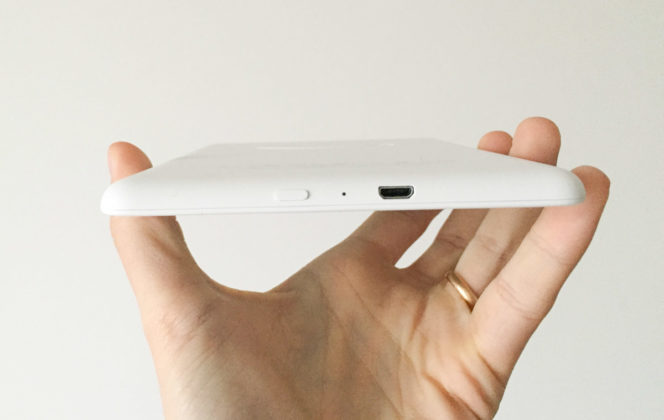
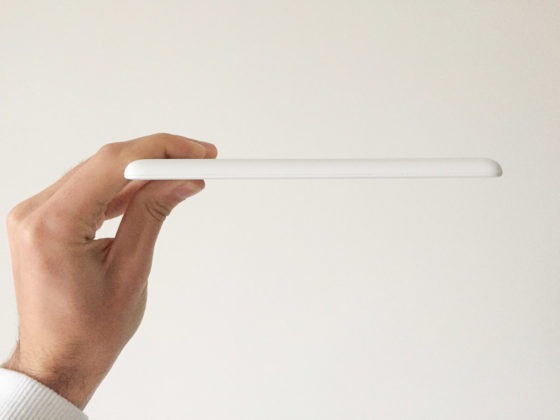
If we had to stop here, the comparison wins the new Kindle which, in this miniaturization, also gains in weight – of only 174 grams – which makes it the lightest of the series. This last figure must be taken into consideration in view of readings of several consecutive hours, where even just 10 grams less can really make a difference (good Amazon!).
We tried the white version which is perhaps more elegant than the black finish but gets dirty much more easily. For example, it is enough to place it on a sheet written in pencil and part of the dust generated by the lead's graphite ends up sticking to the back, just as after a day in the bag you will certainly not bring it out still white and immaculate. Advice? accompany it to a case. Amazon offers a really well made one with an external finish in fabric (inside is in soft microfiber) available in four different colors.
1 of 6 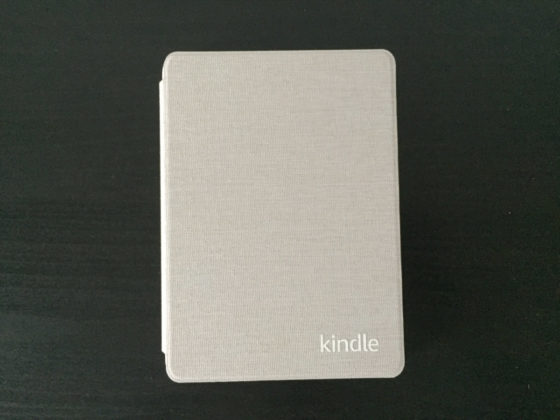
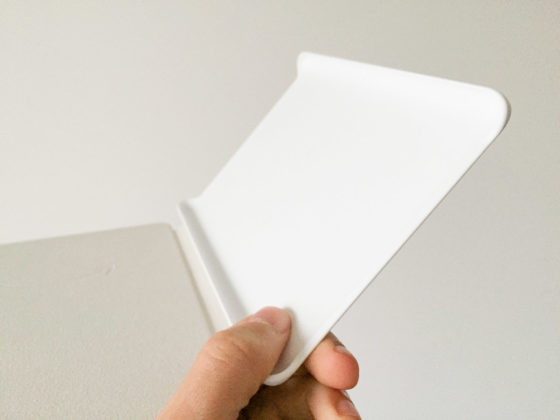
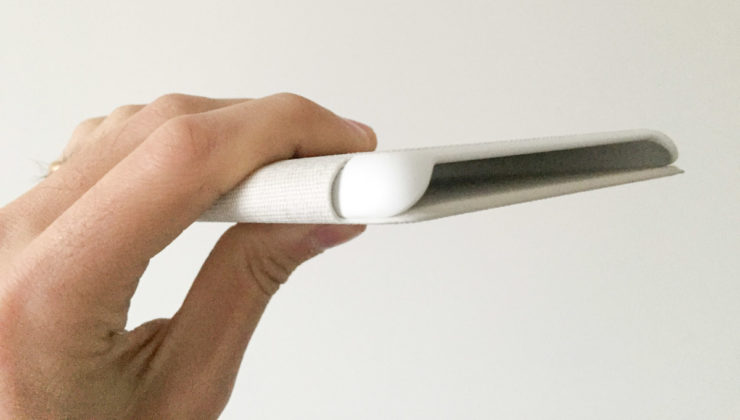
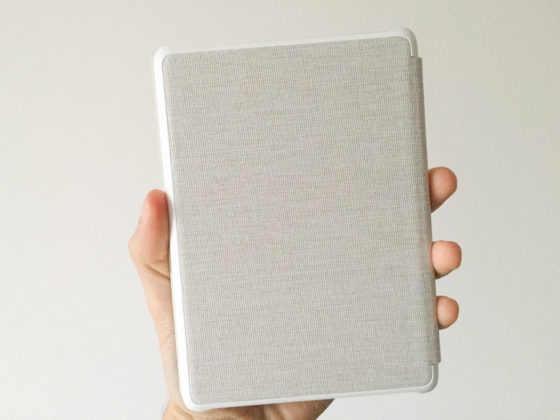
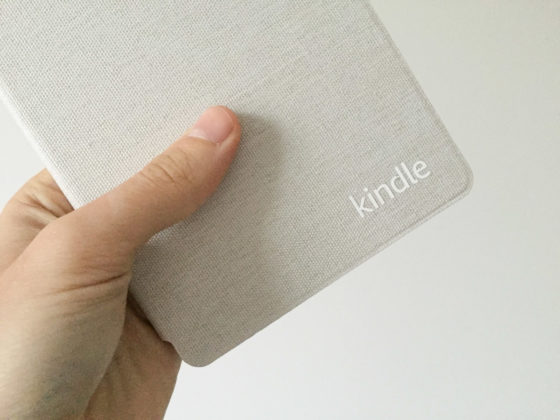
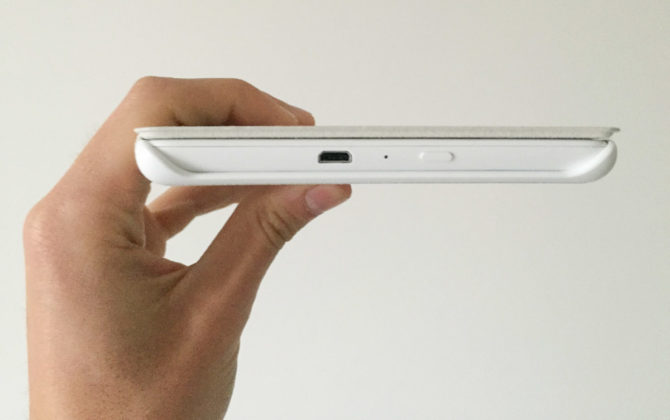
How is it going
Although Kindle uses the same firmware version 5.11.1 (at the time of writing it is the latest available) installed in our Paperwhite, the new e-reader is much more responsive. It is noticeable above all in switching on or in the page turn: it is a few milliseconds that do not upset the reading at all – since with a device of these you mainly read and that's it and speed is the last thing that matters – but they are very perceptible and albeit slightly make the user experience even smoother.
Amazon has also improved the software optimization especially from the standpoint of autonomy. As we said, both of our Kindles use the same firmware version, yet on the new one the restart after a long period of Standby occurs in a different way: it is actually slower and is signaled by a message on the screen, but the dispersion of energy is better, probably thanks to a kind of hibernation mode that acts more in depth. In use, however, consumption is roughly the same: with the same lighting (in our case constantly set on level 9 even during the day), in about 6 hours we consumed 8% of energy.
Speaking of light, in comparison with the old Paperwhite the one integrated in the Kindle 2019 tends slightly less on the cold-bluish shades. However, remember that both do not offer the possibility to select the color temperature of the light and set it to warm shades (exclusive prerogative of the Kindle Oasis, the top model of the series).
1 of 6 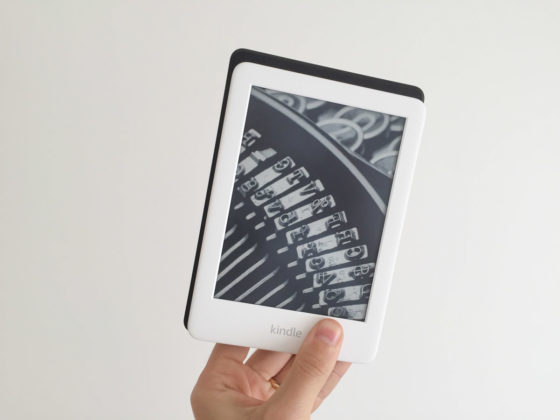
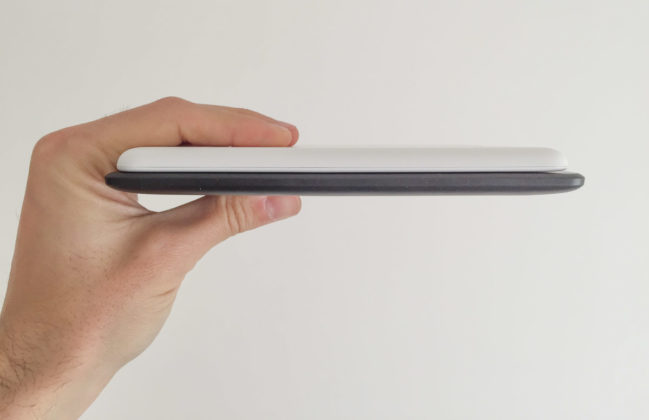
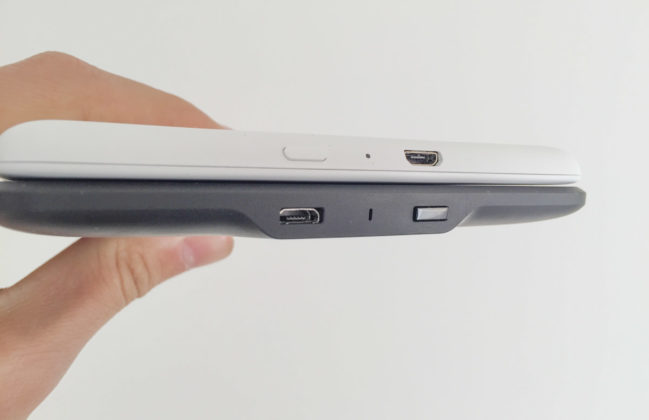
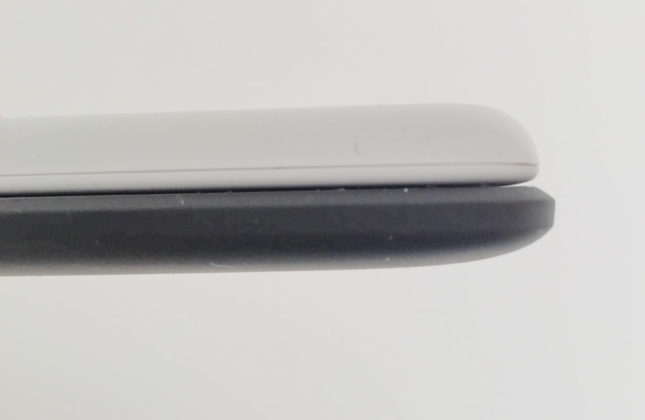
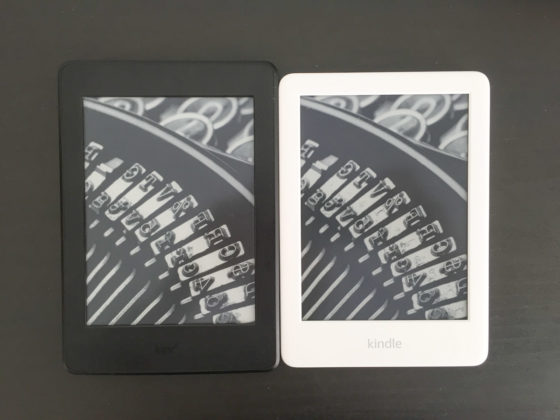
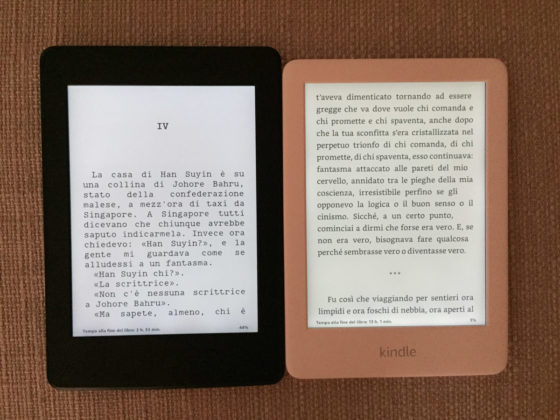
Conclusions
We believe the new Kindle, now equipped with a front light, is on balance an ultra-affordable Paperwhite. Compared to the old generation, the differences are minimal and limited mainly in the finish of the body and in the resolution of the screen (if compared with the latest Paperwhite, instead there is also waterproofing to its advantage). Those who find an old Paperwhite in their hands that are now struggling to get by but do not want to spend more than 100 euros to buy the new model can now safely focus on the cheapest Kindle in the series without losing the advantages obtained with the previous purchase. Indeed, it will also gain in pocketability, lightness and fluidity of the system.
In totally exceptional life, we will not list the Pros and Cons below as there are actually no negative points to report. Rather we find it more useful to list the main News that make it interesting and some features that could be considered to improve this e-reader with the next generations.
News
How to improve
Price at the pub blico
Calling it Kindle 2019 (it has been on sale since March) or the tenth generation Kindle does not change the substance: the latest addition is still the cheapest of the series although it costs 10 euros more than the previous ones (79.99 euros) but the advantages are absolutely worth it. the modest surcharge.





